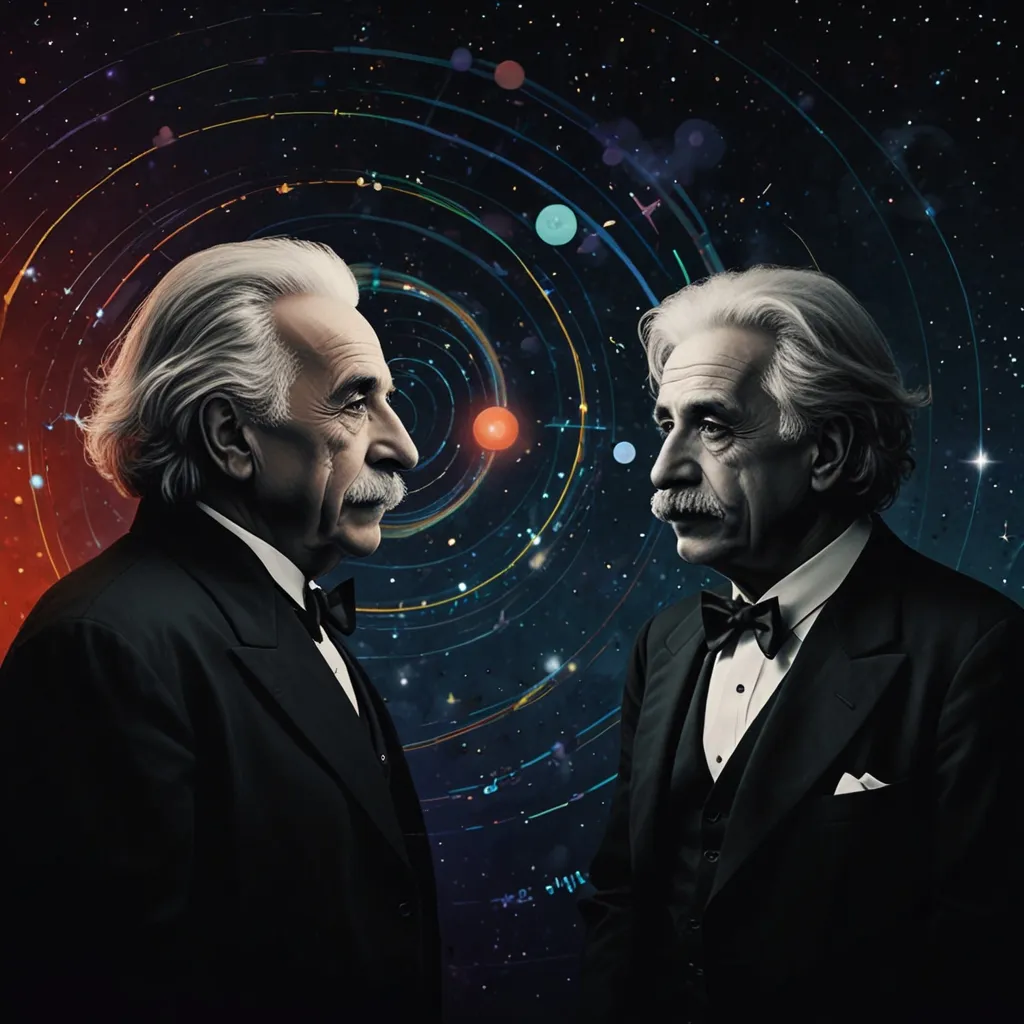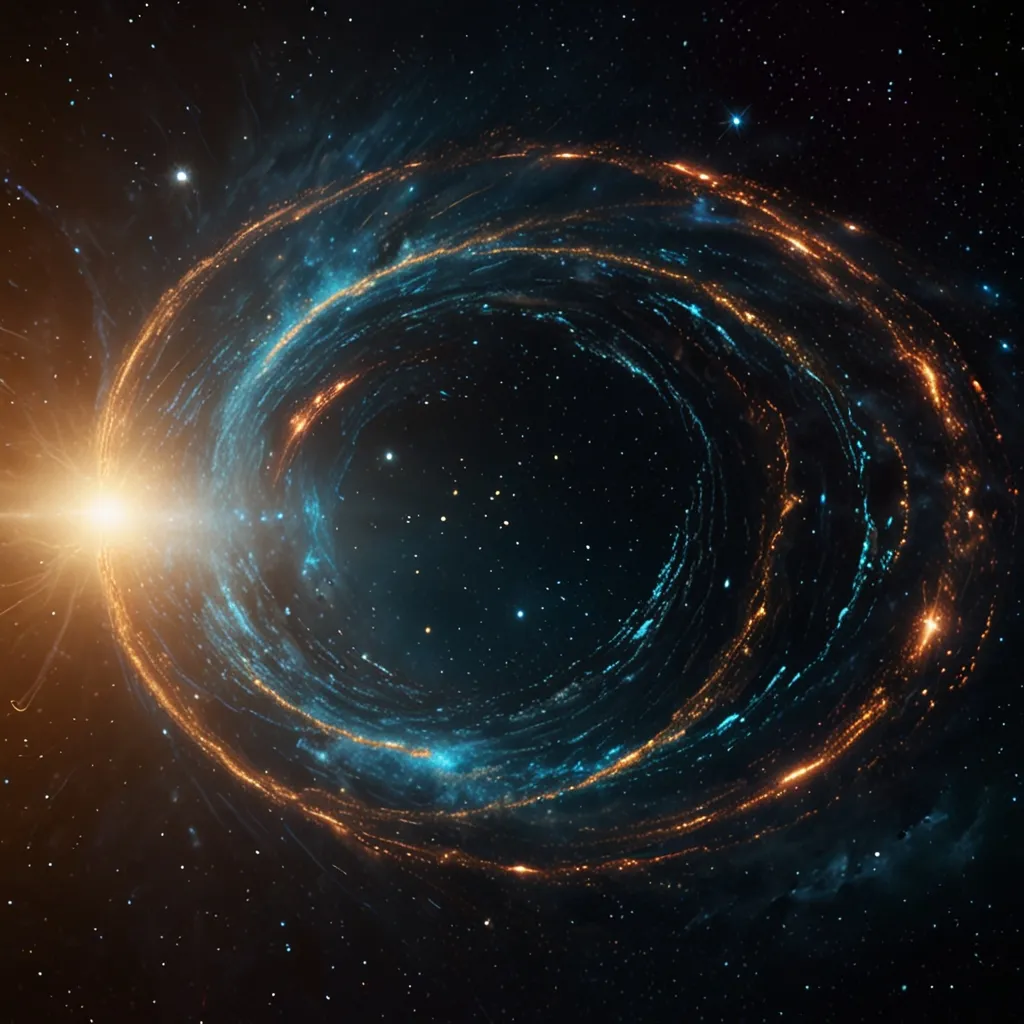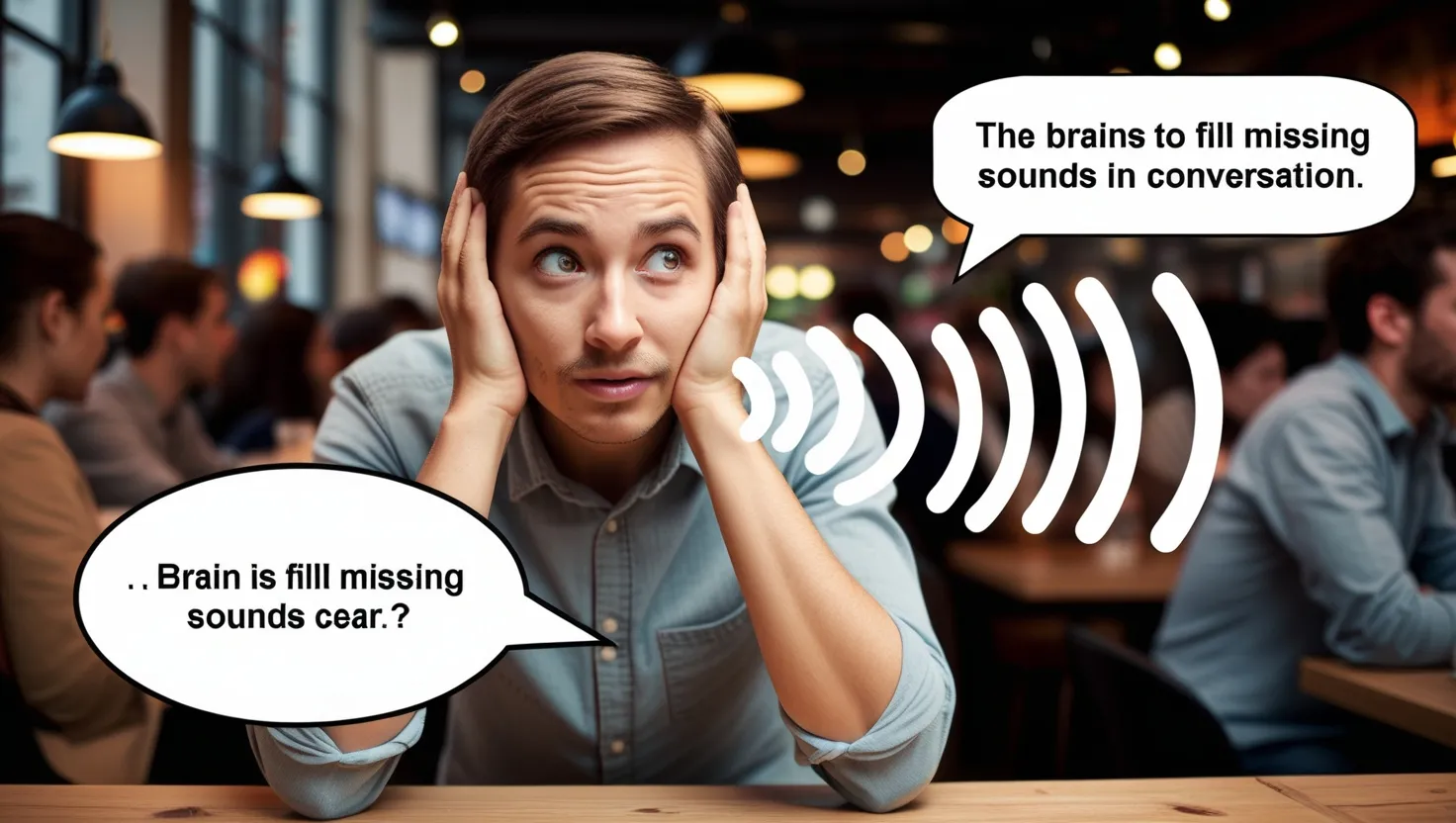Two titans of modern physics, Niels Bohr and Albert Einstein, shaped our understanding of reality in the early 20th century, but their views starkly differed. Bohr, a key figure in quantum mechanics and the creator of the Copenhagen interpretation, argued that the essence of a particle is both unknown and unknowable until it is observed. Einstein, on the other hand, firmly believed in an objective reality that exists independently of measurement. He famously challenged Bohr with the question, “Do you really believe the moon only exists when you look at it?”
Their debate over reality raged for decades, with scientists divided between their theories. For about 30 years, both perspectives were considered equally valid until 1964. That year, Irish physicist John Bell introduced an experiment known as Bell’s inequality to test Einstein’s classical deterministic view against the Copenhagen interpretation.
Bell’s equation, though simple in appearance, profoundly impacts our understanding of reality. Let’s dive into how this elegantly devised test disproved Einstein and revealed the unsettling truth about our universe’s non-deterministic nature.
According to the Copenhagen interpretation, particles exist in a state of superposition, meaning they embody all possible states simultaneously until measured. For example, a die in a superposition state is all numbers one through six until it lands. This principle is vividly demonstrated through the double-slit experiment, where photons exhibit both particle and wave characteristics. When passing through slits, a single photon seems to traverse both simultaneously, creating an interference pattern on a screen behind. This quintessentially quantum behavior left Einstein unsatisfied, leading him to famously proclaim, “God does not play dice.”
Einstein and his colleagues, Boris Podolsky and Nathan Rosen, proposed the EPR paradox, aiming to challenge the Copenhagen interpretation by focusing on quantum entanglement. They suggested that two entangled photons emitted with opposite spins retain hidden variables determining their states locally, rather than depending on instantaneous communication, which would violate special relativity.
Despite being a compelling theory, Einstein’s hidden variables concept remained unproven for three decades. Bell’s inequality came forth to settle the debate. It works by analyzing measurement outcomes between two entangled particles, even when separated by vast distances. If hidden variables were correct, the results would be strictly correlated in a specific deterministic manner. However, experiments continually showed otherwise, violating Bell’s inequality and confirming quantum mechanics’ probabilistic nature.
To visualize, imagine a game where you predict the color of checker pieces. If local hidden variables were true, your wins and losses should balance predictably. However, in a quantum world, this balance is skewed, aligning with experimental data that defies classical expectations.
While it may seem like entangled particles communicate faster than light, most physicists believe no actual superluminal communication occurs. Instead, it’s about the inherent nature of a unified wave function. When this wave function collapses, it does so instantaneously for both particles, irrespective of distance, yet without transmitting information faster than light, preserving relativity.
Our grasp of quantum mechanics is still developing. The future might hold deeper insights into superposition, wave collapse, and entanglement. The scientist who will unravel these mysteries might be working among us right now, ready to revolutionize our understanding as much as Copernicus, Newton, and Einstein did in their times.






